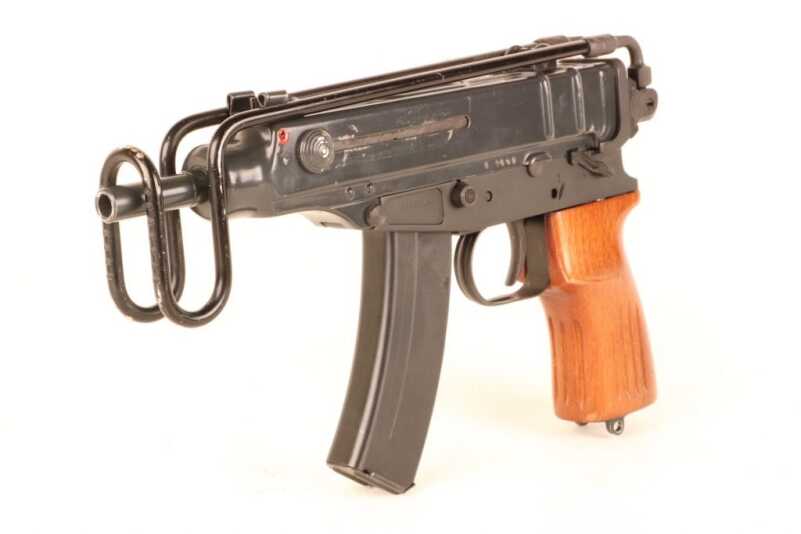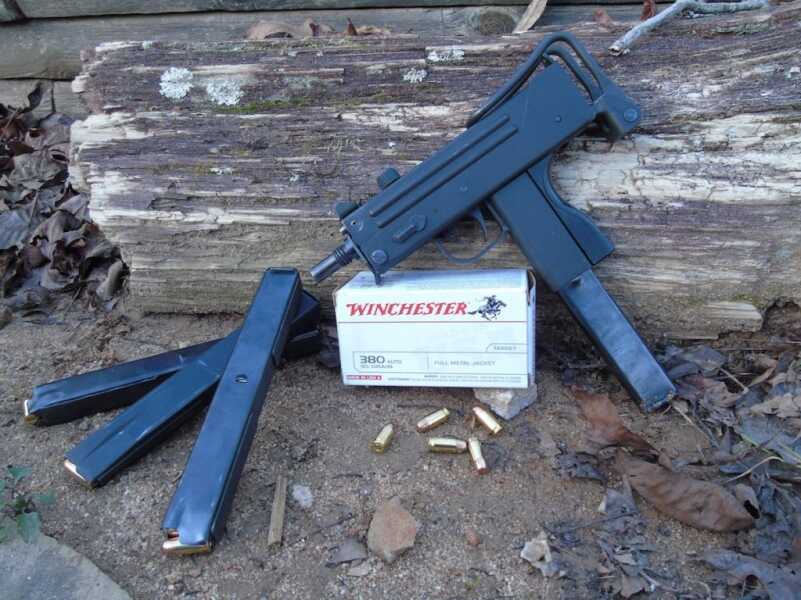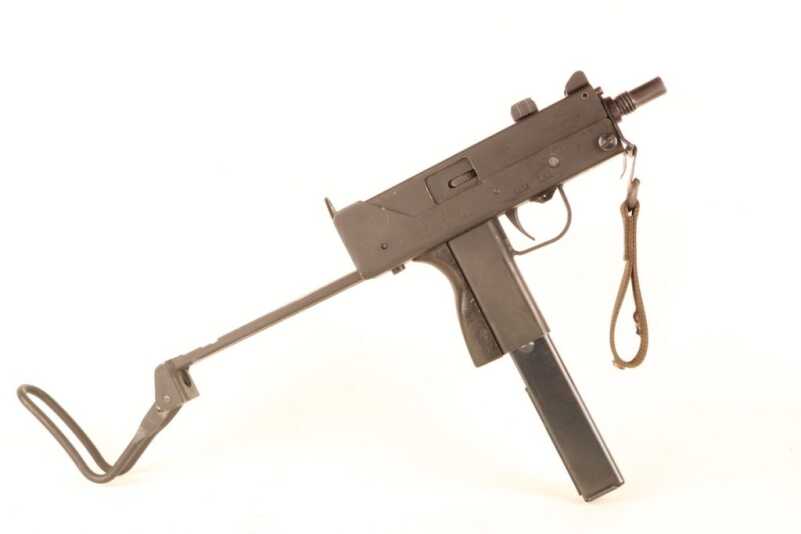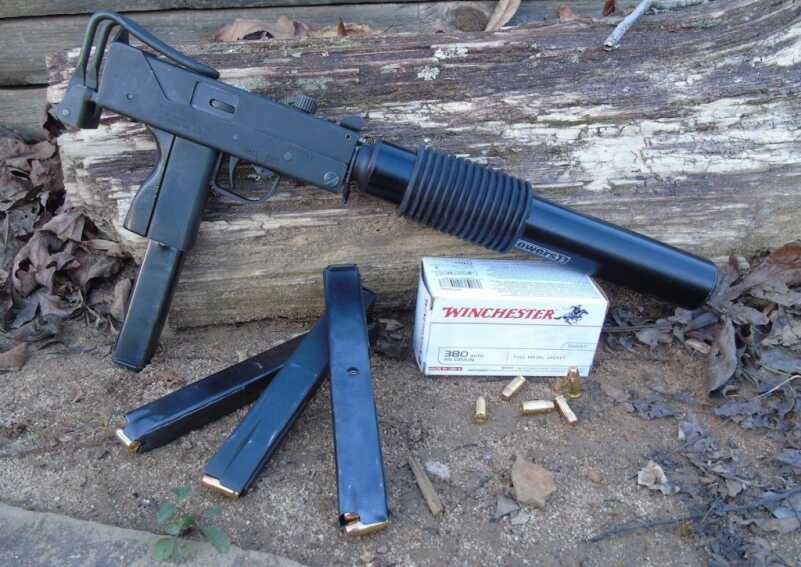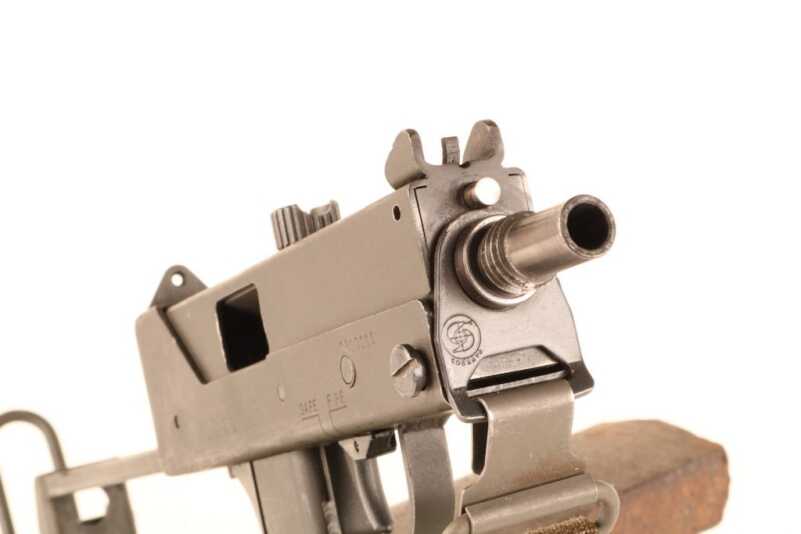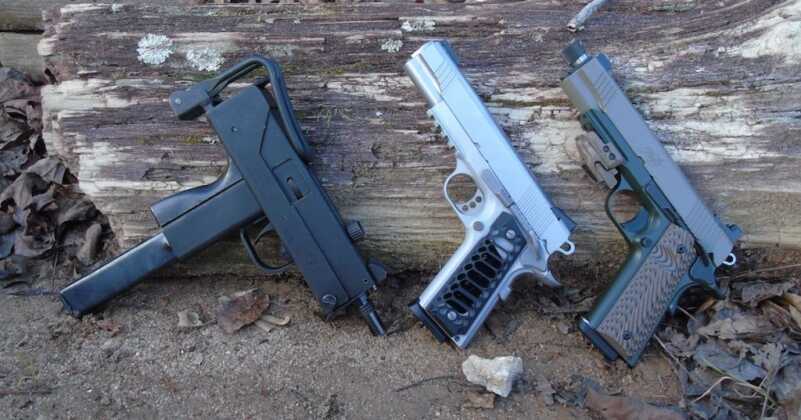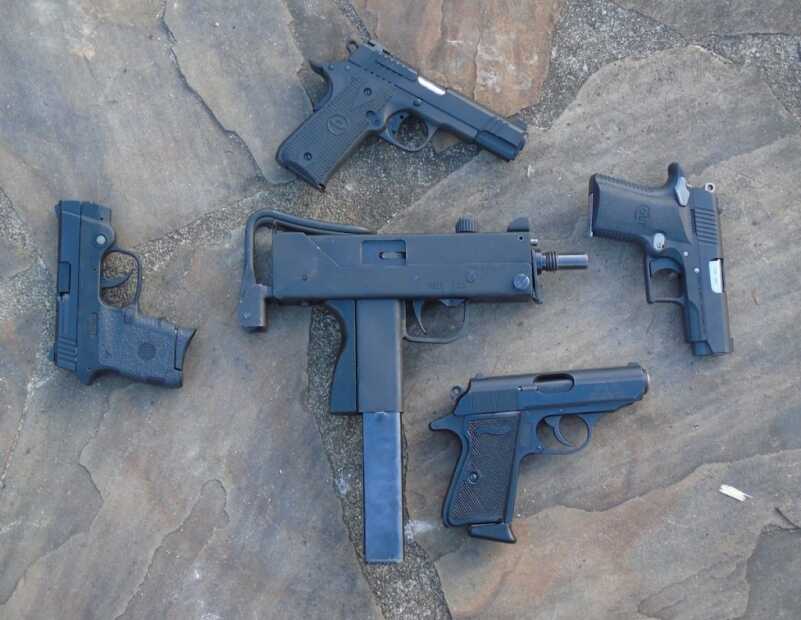Lots of things about the 1960’s and 70’s seem strange in retrospect. World War 2 veterans were, on average, about 40 to 50 years old, and the specter of that global conflict still loomed over most everything. The Cold War threatened daily to go hot, and average people lived in genuine fear of precipitous nuclear annihilation. Throughout it, all the competing worldviews of communism and democracy battled for supremacy in the hearts and minds of men.
These two broad concepts of government literally could not be more disparate. In the West, the free market was the engine that drove the economy, industry, and life. If people wanted something then there was an incentive to build it. If there was no market for a product then it withered and died. Society churned, dreams were explored, and fortunes were either made or lost based upon the vagaries of human desire.
In the East, the state reigned supreme. The government drove industry, farming, and commerce. A man’s motivation was to serve the collective rather than further his own lot. At its heart communism turns on the flawed presumption that men are innately good. Sadly, that is simply not the case.
These two worldviews could be readily compared in dozens of venues. The question of who seemed happier, who was more productive, and who ultimately prevailed was determined by literally millions of little proxy conflicts that pitted the output of one system against that of the other. One of the starkest metrics that can be used to compare East and West is their weapons.
The guns of the Soviet Bloc and those of the NATO allies reflected their disparate worldviews. In the East, weapons were largely standardized, utilitarian, and functional. In the West, our creations were more divergent and refined. In the narrow field of submachineguns used as personal defense weapons, we can draw some fascinating insights into the mindset of the day.
The Common Mission
Times were different back then. Shooting from the hip was still a real thing, and guns reflected tactics that had yet to be so seriously refined as is the case nowadays. In the case of submachineguns, there was a perceived need for a truly tiny pistol-caliber selective-fire machine pistol with which to arm second line troops like armor crews and radio operators.
The classic military handgun had filled that slot inadequately for decades. However, a pistol is tough to run well without plenty of practice, and it offers less than overwhelming firepower in a close desperate fight. By contrast, the pistol caliber subgun, even with a rudimentary folding stock, is a much more stable platform that offers the option of great gouts of automatic fire for brief periods when life really goes sideways.
For a brief while, both East and West strived via their own unique mechanisms to design weapons to fill this odd narrow mission. One gun arose via the free market, the other by state-governed means. It is illuminating to pick this apart and subsume the conclusions that lurk therein.
East—The vz. 61 Skorpion
The vz. 61 Skorpion project first drew breath around 1959 as the brainchild of a Czech arms designer named Miroslav Rybar. The definitive weapon hit the streets in 1961, hence the name. The original intent was to design a compact and effective submachinegun for Special Operations forces. Later on the vz. 61 saw widespread issue as a personal defense weapon equipping armor crews, truck drivers, staff officers, and the like.
The selective fire Skorpion fired via unlocked blowback from the closed bolt. The bolt was of the overhung sort akin to that of the Uzi and locked open after the last round was fired. The Skorpion’s upper receiver was a pressed steel component, while the lower was milled from a forged billet. While some later Yugoslavian versions fired .380ACP, most Skorpions were chambered for the diminutive 7.65x17mm .32ACP round. Around 200,000 were built, and the gun saw significant use in the hands of terrorists. The Skorpion remains in military service in certain armies even today.
[one_half]

The Czech vz. 61 Skorpion was a Cold War-era Combloc submachinegun that armed second line troops like armor crews and truck drivers. This tidy little gun fired .32ACP rounds from the closed bolt.
[/one_half]
[one_half_last]
[/one_half_last]
The small stature of the Skorpion combined with its abbreviated bolt travel should have produced a simply blistering rate of fire. However, the vz. 61 incorporated a brilliant mechanical rate reducer in the butt that dropped the cyclic rate down to a manageable 850 rounds per minute or so. This singular feature above all else was what made the Skorpion such a serviceable weapon. Standard curved double-column box magazines carried either ten or twenty rounds. Troops carried the gun in a holster like a handgun. The tiny gun’s top-folding stock snapped in place when folded and locked open when deployed.

The tiny top-folding stock on the vz. 61 snaps in place when folded and locks securely when deployed. Though small, it still remains a decent aid to accurate close range marksmanship.
West—The MAC11
The Skorpion’s Western counterpart was the product of the free market. Though the company that birthed it was called the Military Armament Corporation, the M11 was never actually referred to as a MAC in company literature. We gun nerds conjured that informal moniker ourselves.
Gordon Ingram designed the MAC11’s bigger brother in 1964. This MAC10 was available in either 9mm or .45ACP and was the smallest full-power submachinegun in the world. Mr. Ingram was a WW2 veteran himself, and he strove to combine a compact PDW-style gun with modern mass production techniques. In so doing he wished to enhance the individual soldier’s organic firepower while keeping costs down. His dream was to replace the 1911A1 handgun in general military service with his tiny eponymous subguns and get rich in the process.
[one_half]
[/one_half]
[one_half_last]
[/one_half_last]
The MAC guns came threaded for a sound suppressor, and the suppressor was originally an integral part of the system. In 1972 Ingram just condensed the entire gun down a bit and chambered it for the .380ACP. Where the MAC10 was indeed compact, it still weighed as much as an M16A1 rifle. By contrast, the MAC11 was a genuine lightweight and subsequently easy to pack.
The MAC11 was the very image of simplicity. Both the upper and lower receivers were pressed from sheet steel, so they could be built en masse quickly and cheaply. The bolt and barrel required the attention of machine tools as did the various components of the fire control group. However, taken in sum the MAC11 was likely the cheapest military weapon since the British Sten gun.
[one_half]
[/one_half]
[one_half_last]
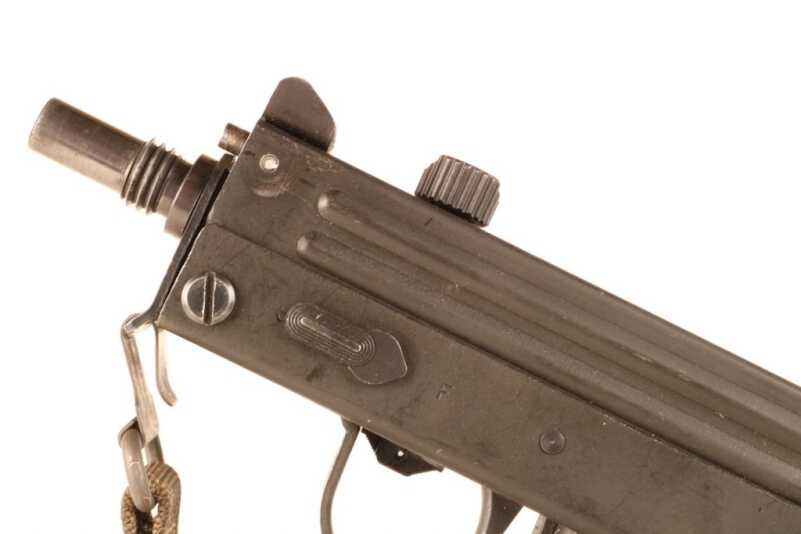
The selector on the MAC11 is a rotating lever on the left front aspect of the receiver. The safety is a sliding switch akin to that of the M1 Garand located within the trigger guard.
[/one_half_last]
The MAC11 fired from the open bolt via advanced primer ignition. The fire control group offered both semiautomatic and fully automatic fire, and there was a provision for a nylon front strap to aid in controlling the little gun. Unlike the Skorpion, the MAC11 lacked any sort of mechanical rate reducer. As a result, the cyclic rate of fire vacillated between 1200 and 1600 rounds per minute dependent upon the ammunition used.
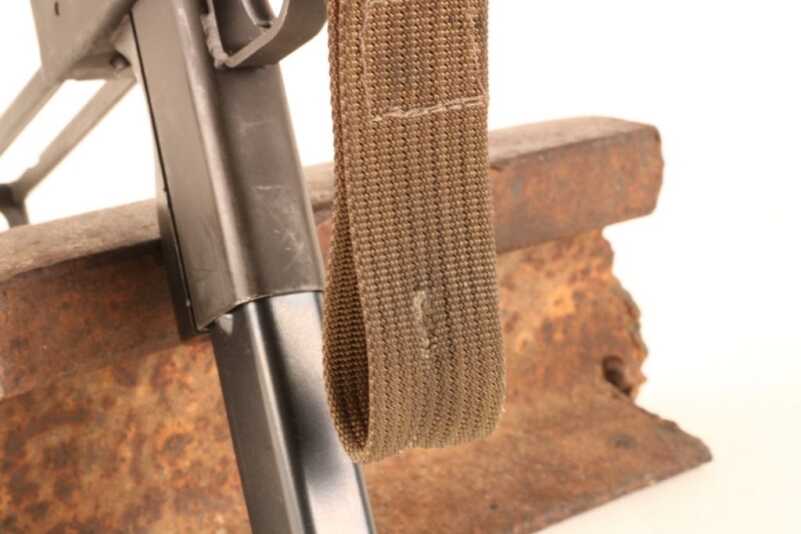
This .38-inch hole in the nylon carrying strap on my MAC11 stands in mute testimony to how vigorously the gun jumps about on rock and roll.
The MAC11 incorporated its own wire stock that collapsed fully into the gun when not in use. To deploy the thing one must pinch and rotate the buttstock out before sliding the assembly backward until it locked. A discrete button underneath the rear aspect of the receiver released the stock for stowage. While the stock did wobble badly it was still a marked improvement over a conventional handgun not so equipped. The MAC11 could be carried on a sling, but there were also several holsters offered for the gun. The MAC11 fed from 16 and 32-round stamped steel double-column, single-feed box magazines.
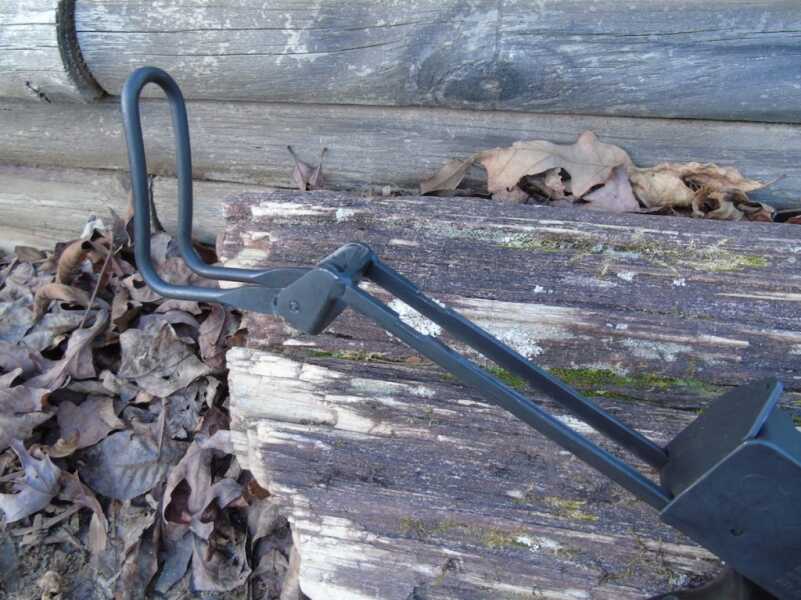
The sliding/folding stock on the MAC-series submachineguns is brilliantly conceived but fairly flimsy in practice.
Comparisons
The Skorpion was a much more complicated gun. The weapon’s entrails to include the mechanical rate reducer were positively labyrinthine. However, the fact that the gun fired from the closed bolt at a reasonable cyclic rate made it much more controllable than the MAC offering. Both weapons occupied roughly the same space and were comparably easy to carry.
The MAC11 carried a great deal more downrange thump than did the vz. 61. While a single .380ACP round did not seem particularly intimidating, 32 of them delivered in 1.5 seconds were breathtaking. A full 32-round burst from a MAC11 carried the same muzzle energy as one and one half .50BMG rounds.
If properly maintained both weapons were comparably reliable. The Skorpion was better protected from battlefield grime given its closed bolt method of operation, but the MAC11’s generous tolerances and general simplicity made it more forgiving. The larger magazine capacity of the MAC11 obviously made it easier to carry a proper load of ammunition.
Trigger Time
The MAC11 is a bullet hose. A disciplined and experienced trigger finger can conjure three and four-round bursts, but the novice is lucky to stop at six. Taking my time and really concentrating I can keep most of my rounds on target at ten meters firing short bursts with the stock deployed. The trigger on the MAC11, like that of many open-bolt SMGs, is sinfully heavy.
In semiautomatic mode, the MAC11 is fairly sedate. With the stock extended I can drop my rounds in the black one at a time until I get tired of doing it. Using the stock takes a little practice, but once you break the code it can provide a stable firing platform. The rigid charging handle reciprocates with the bolt and is easily accessed on the top of the receiver. Turning this knob sideways locks the bolt closed.
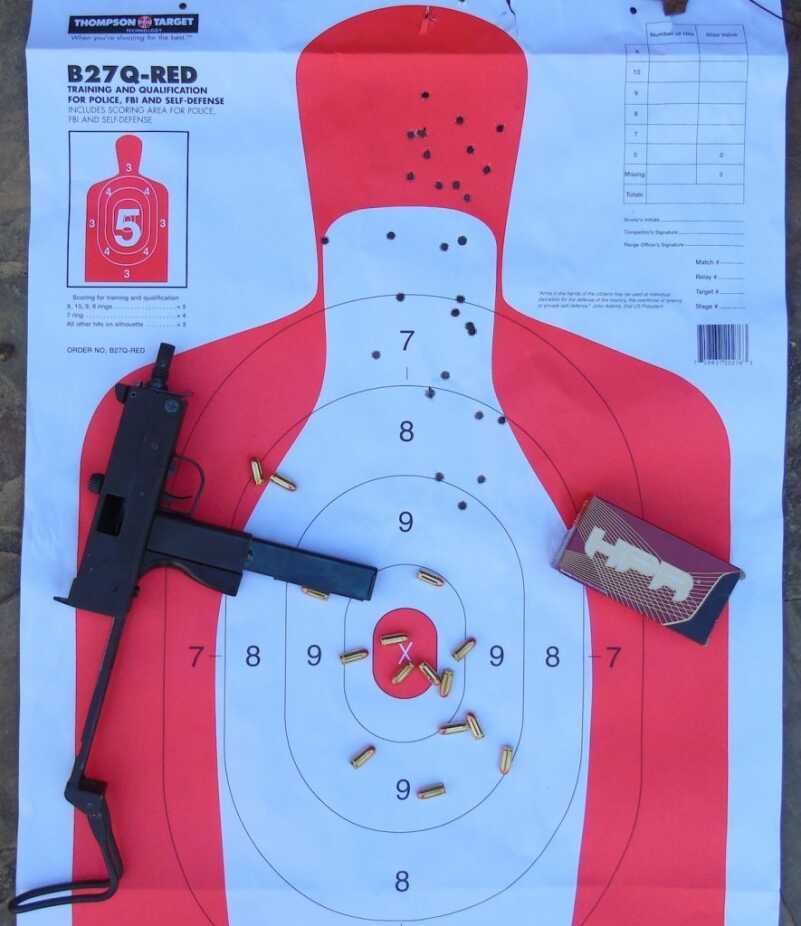
Firing semiautomatically with the stock extended I could keep my rounds on target at fifteen meters until I got tired of doing it.
The Skorpion is almost unnaturally controllable on full auto. The trivial recoil impulse of the .32ACP cartridge makes up for the 850rpm cyclic rate, itself still faster than that of an M4 or MP5. Wrapping the support hand around the gun’s curved magazine makes it easy to counteract muzzle rise when firing bursts.
In semiautomatic mode, the Skorpion’s closed bolt method of operation along with its anemic cartridge makes it a pleasure on the range. The gun is soft shooting, and the manual of arms is intuitive though the trigger is long and mushy. Charging the weapon involves wrapping your fingers around the upper receiver to grasp the twin charging knobs. Neither stock is scaled for real humans.
Cogitations
Both of these guns do not well suffer sloth. Had the US Army actually adopted the MAC11 as a duty sidearm the mind boggles at the number of fingers that would have been subsequently shot away on military firing ranges. The nylon hand strap on my MAC11 sports a tidy .38-inch hold in mute testament to the enthusiasm with which the gun bounces about on full auto. The Skorpion is a wee bit safer in that regard but not by much. The addition of a sound suppressor to the MAC11 all but negates that concern, but it also makes the gun much heavier and bulkier.
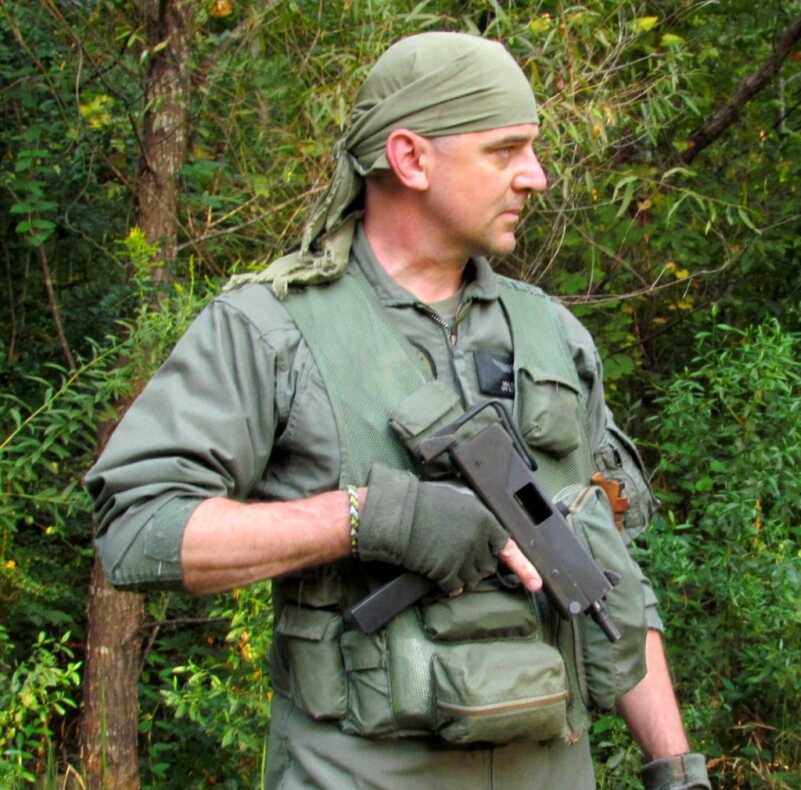
The designers of the MAC submachineguns hoped to sell them to the US military as Personal Defense Weapons. Had they landed such contracts they would have gotten rich.
David Steele, a researcher for the International Association of Police Chiefs in the 1970’s, once opined that the MAC11 was fit only for combat within a phone booth. There is a great wisdom there. In the hands of a highly trained specialist, the MAC11 offered profound close range firepower. In the mitts of poorly trained conscripts, the gun would have been a genuine menace.
By contrast, the Skorpion was indeed an improvement over the military handguns of the day. Restricted to all but the closest ranges due to its piddly cartridge, the Skorpion nonetheless remained a potent close combat tool. That the gun found a home with the Irish National Liberation Army, the Irish Republican Army, the Gang de Roubaix, and the Italian Red Brigades speaks to its more nefarious applications.
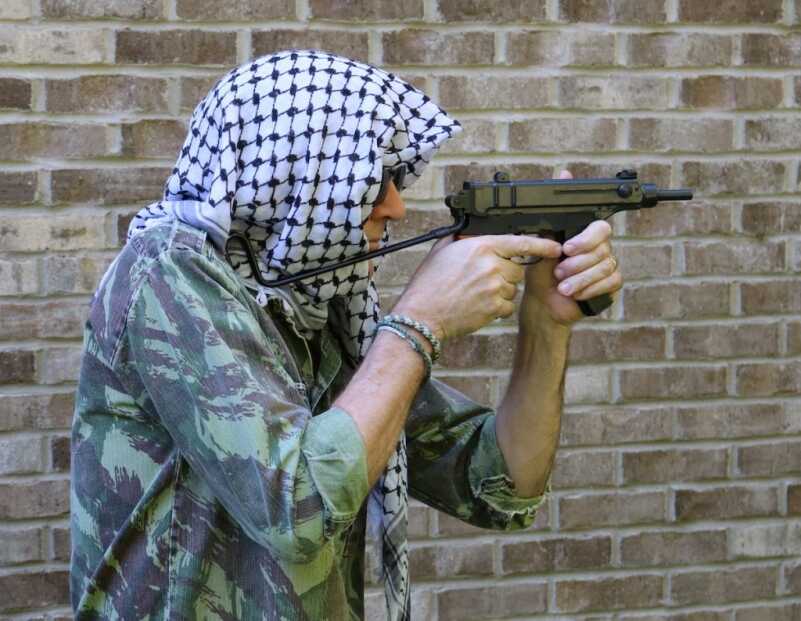
The Czech vz. 61 Skorpion saw broad distribution to unconventional forces in the Communist Bloc as well as terror cells. The gun’s diminutive dimensions made it imminently concealable.
In the final analysis, the Skorpion was actually the more practical weapon. The vz. 61 had the power of government behind it during its development so low cost was not necessarily one of its primary design principles. By contrast, the MAC11 was designed on a shoestring budget and intended from the outset for inexpensive mass production.
In the final analysis, none of that really mattered. Rifle caliber carbines displaced everything else, and the standards of training improved across the board. However, for a time these two Lilliputian submachineguns gave us some fascinating insights into the opposing forces behind freedom and tyranny.
Technical Specifications
Vz. 61 Skorpion MAC11
Caliber .32ACP .380ACP
Action Closed Bolt Open Bolt
Weight 2.87 lb 3.5 lbs
Length (collapsed/extended) 10.6/20.4 inches 9.76/20.9 inches
Barrel Length 4.5 inches 5.1 inches
Rate of Fire 850 rpm 1200 rpm
Magazine Capacity 10/20 rounds 16/32 rounds
Performance Specifications
Group Size (inches) Velocity (feet per second)
Czech vz. 61 Skorpion .32ACP 2.75 999
MAC11 .380 ACP 3.0 891
Group size is the best four of five shots measured center to center fired semiautomatically using a simple rest with the stocks extended. Velocity is the average of three shots fired across a Caldwell Ballistic Chronograph oriented ten feet from the muzzle.
***Check out GunsAmerica for your next MAC 11 Subgun***



